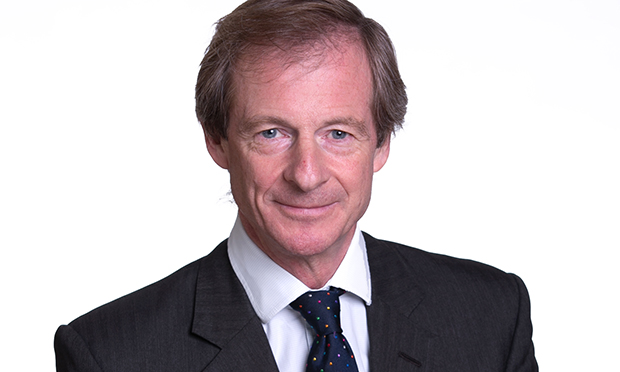Council business chief unveils local plan in ‘mighty tome’

Mighty Tome: Cllr Guy Nicholson presented LP33 to Hackney Council’s 29 October cabinet meeting. Photograph: Hackney Council.
The council’s new vision and growth strategy for the borough has been published in what the Town Hall’s investment boss called a “mighty tome”.
The local plan, known as LP33, will guide future development in Hackney through to 2033, attempting to ensure that “the right amount and type of development is built in the right place at the right time”.
The strategy runs to 435 pages, prompting Hackney Mayor Philip Glanville to exclaim that he could “feel its weight” when presented with it at a Town Hall cabinet meeting.
Cllr Guy Nicholson (Lab, Homerton), cabinet member for planning, business and investment, said: “It’s a mighty tome indeed. It sets us up for the future, and there’ll be an opportunity at full council for those of us who are not going to be out trick or treating to say a few words on it, but this is definitely a treat.
“It is a very progressive piece of planning policy, and the team behind it should really pat themselves on the back.”
LP33 will be taken to a vote at full council meeting on 31 October, from where it may then progress to public consultation.
On housing, new communal or “co-living” developments or those built to rent will require at least 50 per cent affordable housing at Hackney Living Rent, or cost around £1,000 per month for a two-bed property.
The strategy proposes a new centre connecting Upper and Lower Clapton Road, as well as new local shopping centres at Old Hill Street, Dunsmure Road, Hackney Downs and Green Lanes, and removing development rights in order to protect shops in those areas.
Hackney Central would be reclassified as a “major” centre to reflect its high goods turnover, giving it the same status in the town hierarchy as Dalston.
The plans will also represent the Town Hall’s attempt to tackle climate change and the urban heat island (UHI) effect, by which pockets of higher temperature urban environments contribute to lower water and air quality.
